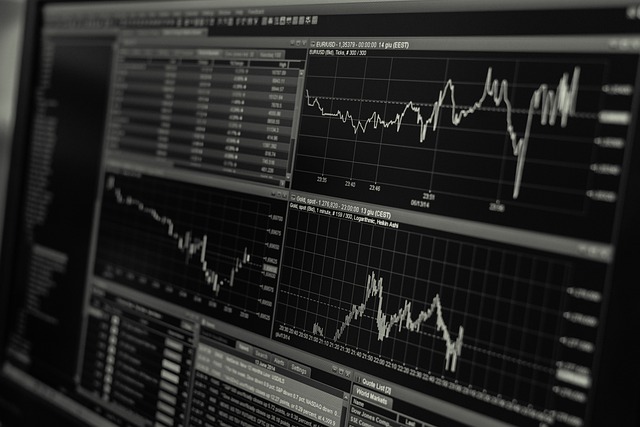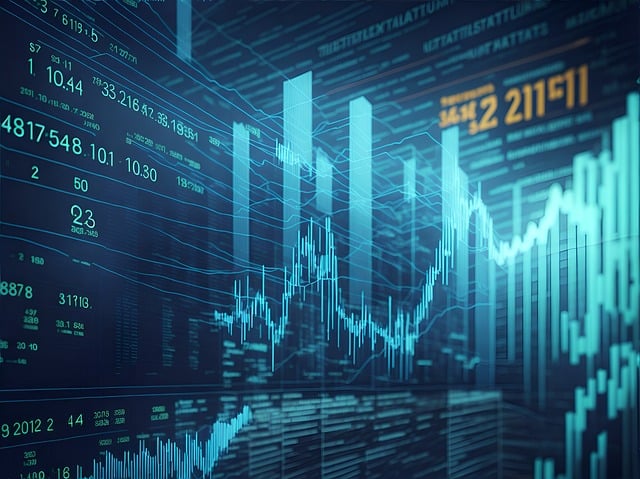The Rise of Trader Bots: Revolutionizing the World of Trading
In recent years, the digital landscape has seen a remarkable transformation through the integration of advanced technology into various sectors, including finance. One of the most significant developments in this arena is the emergence of trader bots—automated systems designed to facilitate trading decisions in financial markets. This article aims to delve deep into the multifaceted world of trader bots, exploring their functionalities, benefits, pitfalls, and overall impact on modern trading practices.

Understanding Trader Bots
Trader bots, also known as algorithmic trading bots or automated trading systems, utilize predefined algorithms to make trading decisions in real-time. They analyze market trends and utilize data-driven strategies to execute trades at a speed and efficiency that far surpasses human capability.
How Trader Bots Work
At their core, trader bots rely on a series of calculations and analyses to determine optimal trading actions. Here’s a basic breakdown of how they operate:
- Data Collection: Trader bots continuously scan the financial markets for relevant data, including price fluctuations, trading volume, and market news.
- Analysis: Utilizing various technical indicators, trader bots assess the collected data. Popular indicators include moving averages, Relative Strength Index (RSI), and Bollinger Bands.
- Execution: Once a trading signal is identified, the bot executes the buy or sell orders automatically, often with minimal human intervention.
Types of Trader Bots
Trader bots can be classified into several categories based on their functionalities:
- Market Making Bots: These bots provide liquidity to the market by simultaneously placing buy and sell orders. Their primary goal is to profit from the spread.
- Trend Following Bots: As the name suggests, these bots focus on identifying and exploiting market trends, aiming to buy when prices are rising and sell when they are falling.
- Arbitrage Bots: These bots take advantage of price discrepancies across different exchanges, executing simultaneous buy and sell orders to profit from the difference.
- Mean Reversion Bots: Based on the assumption that asset prices will revert to their historical mean over time, these bots buy undervalued assets and sell overvalued ones.
Benefits of Using Trader Bots
The rise of trader bots has brought several advantages to individual investors and institutions alike. Here are some notable benefits:
1. Speed and Efficiency
One of the most compelling reasons to use trader bots is their ability to execute trades at lightning speed. In a market where seconds can mean the difference between profit and loss, the speed at which these bots operate is invaluable. They can analyze vast amounts of data, execute trades, and even re-strategize in mere milliseconds, creating opportunities that would likely elude human traders.
2. Emotionless Trading
Emotions often play a detrimental role in trading. Fear and greed can cloud judgment, leading to impulsive decisions. Trader bots operate based on data and predefined rules, devoid of emotional influence, which can lead to more rational trading behavior.
3. 24/7 Trading
The financial markets, particularly cryptocurrency markets, are open 24 hours a day. Trader bots can operate round the clock, allowing investors to take advantage of opportunities even when they are not actively monitoring the markets. This is particularly useful for long-term traders who prefer to set a strategy and let the bot handle the execution.
4. Backtesting Capability
Trader bots allow users to backtest their strategies using historical data. This feature is crucial for assessing the viability of a trading strategy before applying it in live markets, ultimately helping traders refine their approaches and improve their decision-making skills.
Potential Pitfalls of Trader Bots
While trader bots boast a myriad of advantages, they are not without their challenges and risks. Here are some considerations to keep in mind:
1. Over-Optimization
One common hazard in the realm of algorithmic trading is over-optimization, which refers to the practice of tweaking a bot's parameters to achieve outstanding results based on historical data. While this may yield impressive backtest results, such strategies often fail in real-time trading due to changing market conditions.
2. Market Volatility
Financial markets are inherently volatile. Unexpected events, such as economic crises or geopolitical tensions, can significantly affect market performance. Trader bots may struggle to adapt to sudden market shifts, potentially leading to substantial losses if mechanisms are not in place to manage risk effectively.
3. Technical Failures
Technical issues can arise unexpectedly, from server outages to power failures, and when using trader bots, these failures can trigger unintended consequences. A poorly functioning bot may execute faulty trades or fail to act on critical signals, thus exacerbating potential losses for the user.

Future Trends in Trader Bots
As the financial landscape evolves, so too will the technology underpinning trader bots. Here are a few trends that may shape the future of automated trading:
1. AI and Machine Learning Integration
The incorporation of artificial intelligence and machine learning in trader bots could enhance their capabilities significantly. By learning from vast datasets and improving over time, these advanced bots might not only adapt to market changes more effectively but also uncover complex patterns that traditional methods might overlook.
2. Increased Regulatory Scrutiny
As the prevalence of trader bots increases, regulatory bodies may impose stricter guidelines to ensure fair trading practices and protect investors. It is likely that greater transparency will be required from bot developers, and users may need to adhere to more stringent compliance measures.
3. Democratization of Trading Technology
Accessibility of trader bots is expected to improve, making advanced trading technologies available even to retail investors. As more individuals gain access to sophisticated trading algorithms, the market dynamics could alter dramatically, leading to increased competition and innovation.
Conclusion: Trader Bots and the Future of Trading
Trader bots are undeniably powerful tools that have the potential to reshape the trading landscape. While they offer unparalleled speed, efficiency, and emotion-free execution, it is crucial for users to approach them with a nuanced understanding of their capabilities and limitations. In my opinion, the integration of trader bots into our trading practices will likely usher in a new era of financial proficiency, provided we embrace them responsibly and with due diligence.
As technology continues to advance, trader bots will further evolve, presenting exciting opportunities and challenges in equal measure. Understanding how to leverage these tools effectively while remaining vigilant against their potential drawbacks will be key to thriving in the complex world of trading. The future of trading not only lies in the algorithms but also in the ability of traders to navigate a rapidly changing environment with insight and foresight.